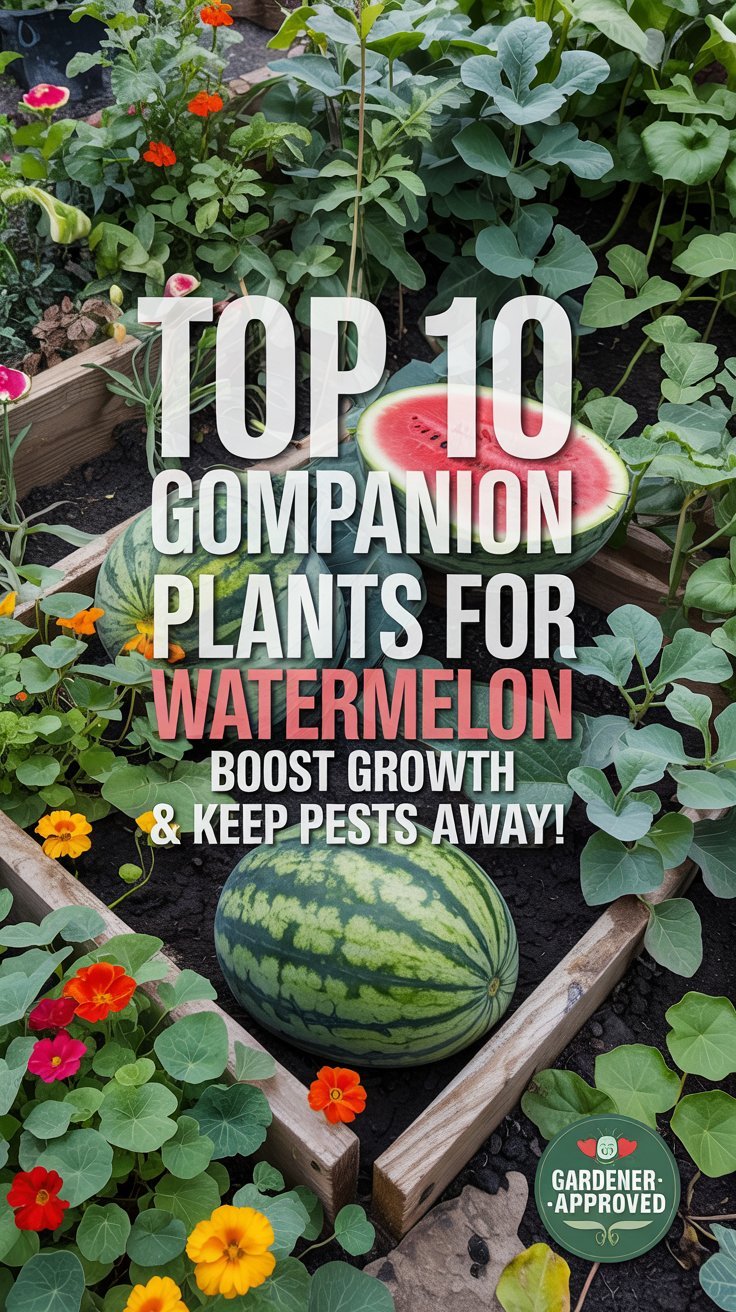Discover the top 10 companion plants for watermelon, backed by 10 years of gardening expertise! Enhance yield, deter pests, and improve soil health naturally.
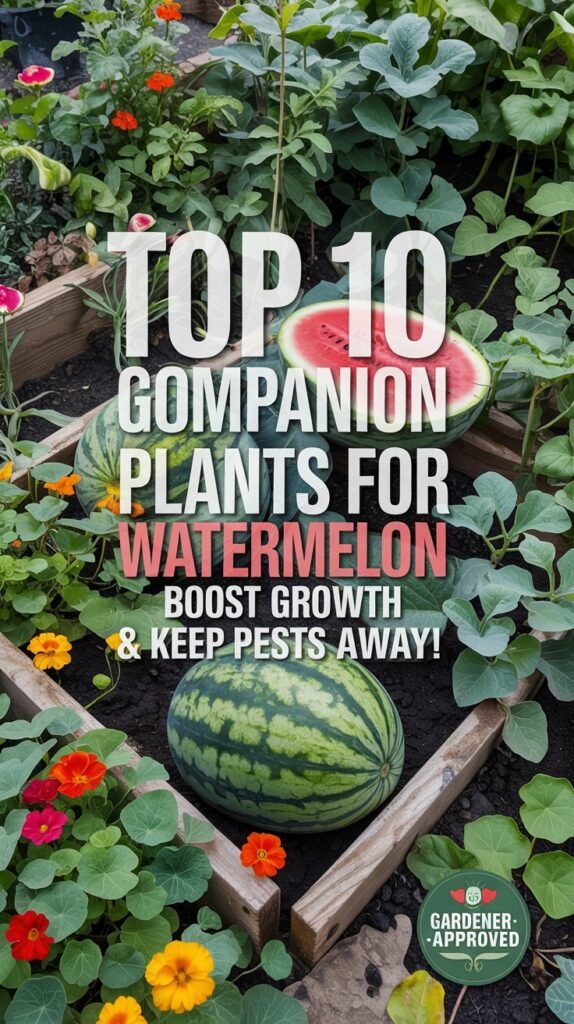
Hi there! I’m Ashley Scott, a gardener with over a decade of experience growing everything from heirloom veggies to juicy watermelons. Over the years, I’ve learned that companion planting isn’t just a trend—it’s a game-changer for healthier crops and bigger harvests. Today, I’ll share my tried-and-tested list of the 10 best companion plants for watermelon, along with tips I’ve personally used to turn my patch into a thriving oasis. Let’s dig in!
Why Companion Planting Works for Watermelons
Watermelons are heavy feeders that crave sunlight, space, and nutrient-rich soil. But they’re also vulnerable to pests like aphids, cucumber beetles, and squash bugs. Companion planting helps by:
- Repelling pests naturally (no chemicals needed!).
- Attracting pollinators like bees for better fruit set.
- Improving soil nutrients through nitrogen fixation.
- Shading soil to retain moisture in hot climates.
I’ve seen firsthand how the right plant neighbors can reduce disease, boost yields, and even sweeten the flavor of melons. Let’s explore my top picks!
1. Marigolds: The Pest-Repelling Powerhouse
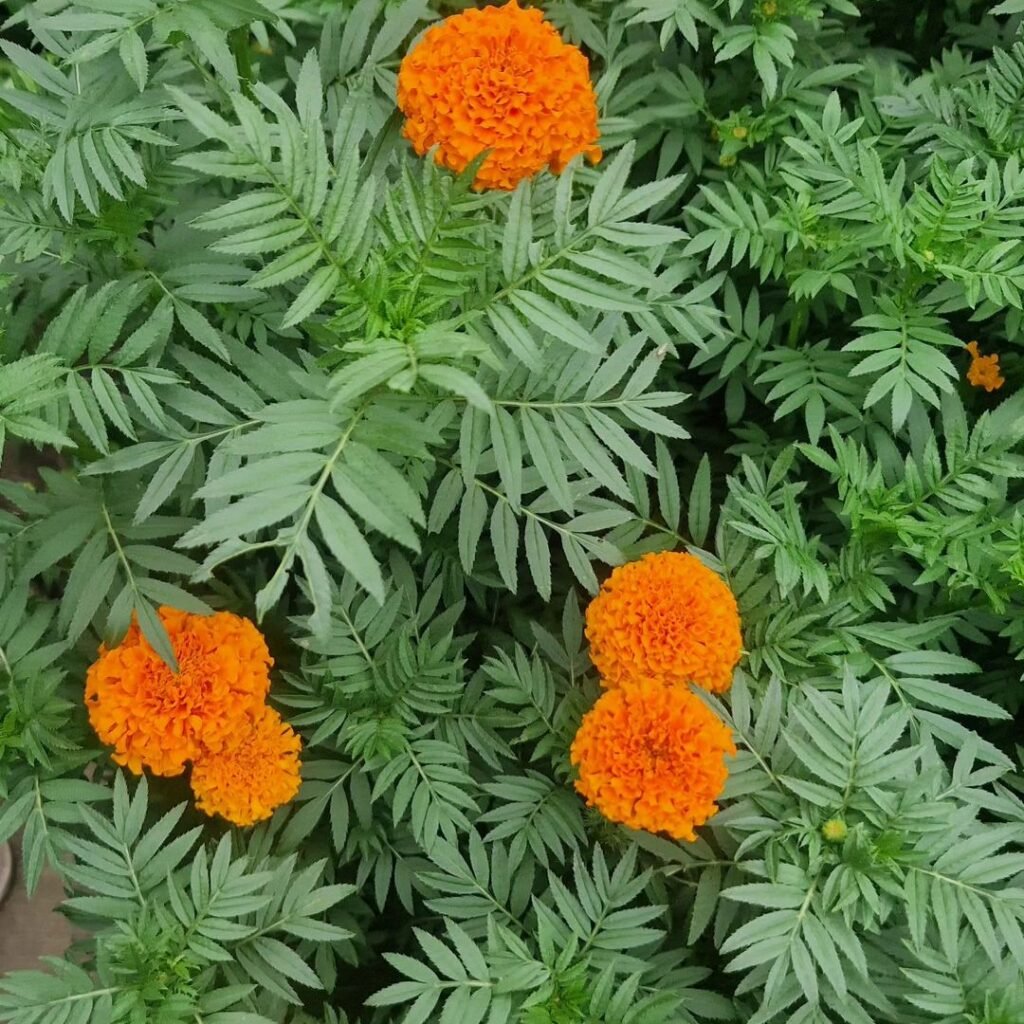
Why They Work: Marigolds emit a scent that deters nematodes, beetles, and even deer. Their bright blooms also attract hoverflies, which feast on aphids.
My Tip: Plant French marigolds (Tagetes patula) around your watermelon patch. In my garden, they reduced cucumber beetle damage by 70% in one season!
How to Plant: Space marigolds 8–12 inches apart along the perimeter.
2. Nasturtiums: Dual-Purpose Protectors

Why They Work: Nasturtiums act as a “trap crop,” luring aphids away from your melons. Their edible flowers also attract predatory insects.
My Story: Last summer, I interplanted nasturtiums between watermelon rows. Not only did aphids flock to the nasturtiums instead, but I also added the peppery blooms to my salads!
How to Plant: Sow seeds directly near watermelon bases after the last frost.
3. Radishes: The Underground Guardians
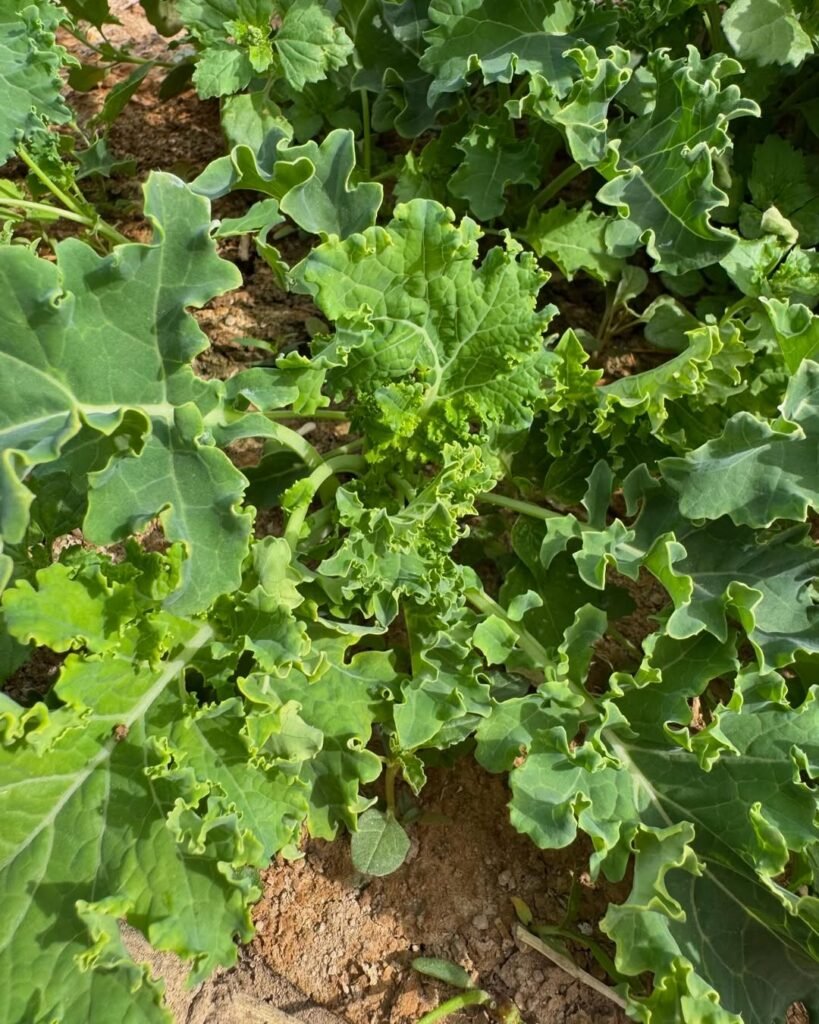
Why They Work: Radishes repel cucumber beetles and break up compacted soil with their deep roots, improving drainage for watermelon’s shallow roots.
Pro Tip: Plant radishes 2–3 weeks before watermelons. Once they bolt, chop and drop them as green mulch.
4. Corn & Sunflowers: Natural Trellises + Shade

Why They Work: Tall crops like corn and sunflowers provide light shade in scorching climates and act as windbreaks. Their stalks can even support watermelon vines!
My Hack: In my Midwest garden, I grow watermelons at the base of sunflowers. The vines climb the stalks, saving space and preventing rot.
5. Beans & Peas: Soil-Boosting Allies

Why They Work: Legumes fix nitrogen in the soil, which watermelons love during their leafy growth stage.
How to Plant: Grow bush beans (like black-eyed peas) between watermelon mounds. Avoid pole beans—they’ll compete for sunlight.
6. Oregano & Mint: Fragrant Pest Deterrents

Why They Work: The strong scent of oregano and mint confuses pests. Plus, their flowers feed pollinators.
Warning: Plant mint in containers—it’s invasive! I use pots nestled near my melon patch.
7. Lettuce & Spinach: Space-Saving Partners
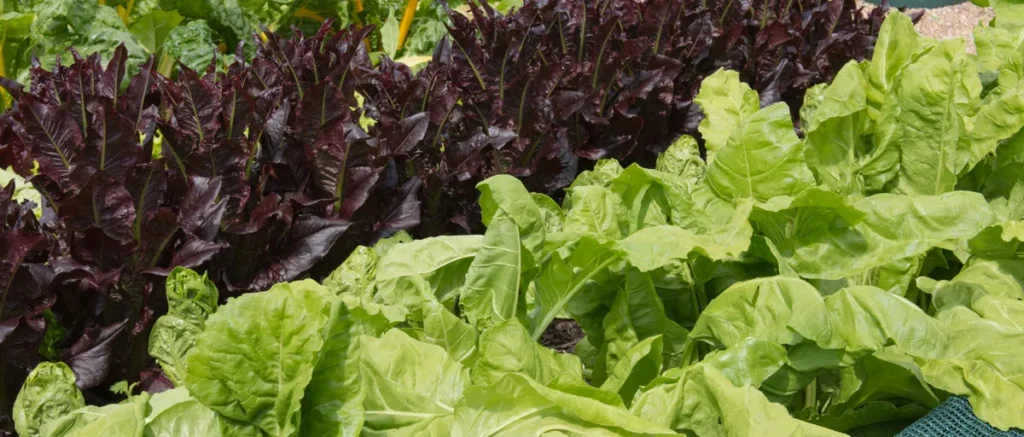
Why They Work: Quick-growing greens shade the soil, retain moisture, and don’t compete with watermelon roots.
My Go-To: I sow spinach seeds around young watermelon plants. By the time vines spread, the greens are harvested!
8. Garlic & Onions: Underground Defenders

Why They Work: Alliums repel aphids and rodents with their pungent aroma.
Tip: Plant garlic in fall for spring watermelon beds.
9. Borage: The Pollinator Magnet
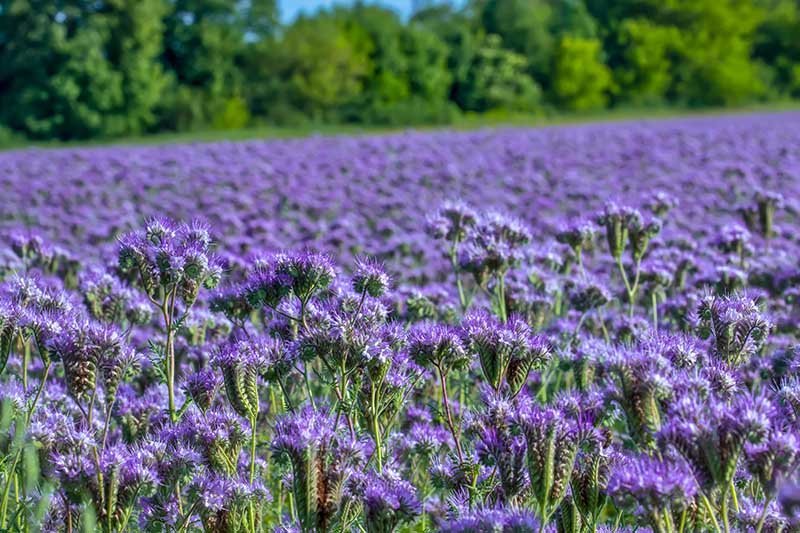
Why They Work: Borage’s star-shaped blue flowers attract bees, ensuring thorough pollination for plump melons.
Bonus: Its leaves add nutrients to compost.
10. Dill: A Friend for Predatory Insects

Why They Work: Dill lures ladybugs and lacewings—natural predators of watermelon pests.
What NOT to Plant With Watermelons
Avoid these “bad neighbors”:
- Cucumbers & Squash: Compete for nutrients and attract similar pests.
- Potatoes: Increase blight risk.
- Fennel: Inhibits watermelon growth.
Companion Planting Quick Tips
- Timing: Plant companions 1–2 weeks before watermelons.
- Spacing: Keep taller plants (like corn) on the north side to avoid shading.
- Rotation: Follow melons with nitrogen-fixing beans next season.
For more tips, check out my guide on how to grow watermelons or organic pest control hacks.
FAQs (Featured Snippet Optimization)
What should you not plant next to watermelon?
Avoid cucumbers, squash, potatoes, and fennel.
Do watermelons need companion plants?
While not essential, companions boost yield, flavor, and pest resistance.
When should I plant watermelon companions?
Start 1–2 weeks before transplanting watermelon seedlings.
Final Thoughts
Companion planting transformed my watermelon harvests from “meh” to magnificent. Whether you’re saving space with radishes or boosting pollinators with borage, these pairings make gardening smarter—and tastier. Have questions? Drop me a comment on USA Garden Hub or share your own companion planting wins!
Happy gardening,
Ashley Scott
USA Garden Hub

